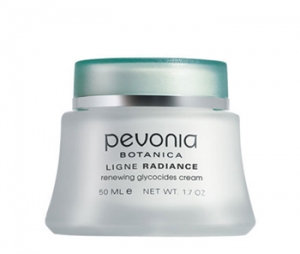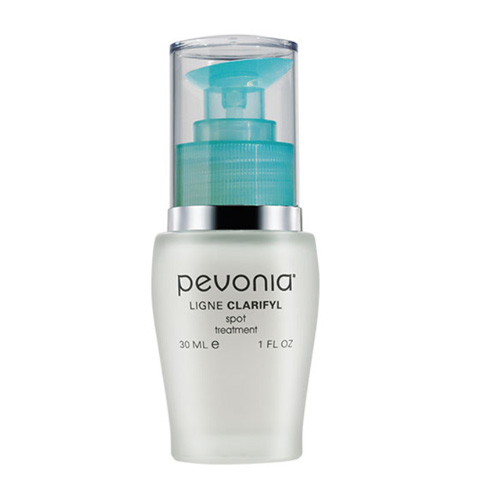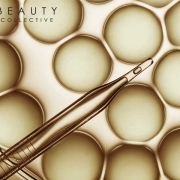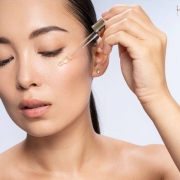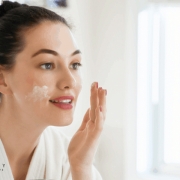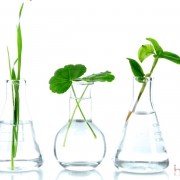AHAs, BHAs and your skin: Everything you need to know
If you are a lover of skincare, you’ve likely heard of AHA and BHAs, but do you know what it is they actually are, what they can do for your skin or what the difference between these exfoliating acids really are? Keep reading for everything you need to know about BHA, AHAs and your skin.
What are AHAs and how do they work?
AHAs, or otherwise known as Alpha Hydroxy Acids, are water-soluble acids derived from fruits and plants. They’re considered a chemical exfoliant, which means that they use chemicals — aka acids or enzymes — to buff away dead skin cells. The most common AHA’s in skincare are glycolic acid, lactic acid, citric acid and malic acid and they are typically found in cleansers and exfoliators but can sometimes feature in masks, serums and moisturisers too!
AHAs work by breaking down the ‘glue’ that binds dead skin cells to the skin. Because they have a large molecule size, they primarily work on the top layers of the skin, making them particularly beneficial for those with dry, dehydrated or hyperpigmented skin. By removing dead and dry skin cells, AHAs smooth skin texture, brighten skin tone, fade pigmentation, and can also reduce the chance of breakouts from occurring!
What are BHA’s and how do they work?
The most well-known BHA is salicylic acid – chances are you’ll have heard of this one if you have breakout-prone skin, since it’s found in many spot treatments.
Like AHAs, BHAs also work by breaking down the ‘glue’ that binds dull, dead skin to the surface, however they work on a much deeper level than AHAs, penetrating deep into the pores, unclogging and removing dead skin cells, excess sebum and congestion. This is because BHAs are oil-soluble, making them an effective treatment for oily, breakout and acne-prone skin. Because BHAs can penetrate so deep, removing both dead skin cells and excess oil (which when combined can clog pores and lead to breakouts) they are an effective whitehead and blackhead buster. BHAs also act as an anti-bacterial and anti-inflammatory, so they work to kill acne-causing bacteria and reduce the redness and swelling of spots too.
What is the difference between AHA’s and BHA’s?
Although both of these ingredients are exfoliating acids and work to improve the appearance of skin by exfoliating it, they actually work in different ways. AHA’s work to break down the glue that holds dead skin cells together while BHA’s go deeper into the pores to remove dirt and oil.
Are AHAs and BHAs good for all skin types?
If you have oily and blemish prone skin, you’re best to choose skincare products formulated with BHA’s. If your skin tends to be on the dry, dehydrated side, AHA’s should be your go to.
While these acids can dramatically improve the appearance of your skin, it’s important to remember that both AHAs and BHAs are active ingredients which (if overused) can impact your skin’s natural barrier, cause irritation, and increase skin’s UV sensitivity. For this reason, it’s essential to understand how to use acids properly, what to do if you over exfoliate your skin, and the best AHA and BHA skincare for your skin type.
How to use AHA’s and BHA’s properly
As with most skincare ingredients, especially exfoliants, AHAs and BHAs have their downsides, including possible sun sensitivity, peeling and itching, so you need to be sure not to overuse any products formulated with AHAs and BHA’s and be extra diligent about slathering on your sunscreen…daily, all year round!
Before you incorporate AHA and/or BHA products into your daily skincare routine, you need to consider the other skincare products you are using, paying close attention to the ingredient list to avoid irritation since AHAs and BHA’s might not be compatible with them. It is best to steer clear of your retinol cream or serum on a day you are using AHA and BHA rich skincare as the combination may cause excessive skin sensitivity, irritation, and redness. On the other hand AHAs and BHAs can be mixed with moisturizing ingredients like hyaluronic acid, ceramides, to get effective and long lasting results.
AHAs and BHAs themselves can be combined. However AHAs such as glycolic acid, tend to be best for dry, dehydrated skin and surface-level skin concerns like acne scaring, whereas BHAs such as salicylic acid, are best for oily, blemish, and acne-prone skin types. You can use both by including skincare products which contain both ingredients, or by alternating your products.
Try these AHA skincare favourites;
Pevonia Renewing Glycocides Cream
If your skin is looking a tad dull and devitalised and you’re forever coveting that ‘insta-glow’, this product is your answer! Formulated with most renowned AHA glycolic acid combined with hydration hero Hyaluronic Acid, it works to dissolve dead skin cells, improving skin texture and diminishing fine lines too! Skin resurfaces soother, brighter and younger…seriously.
Phytomer Emergence Even Skin Tone Refining Serum
This lightweight, refining face serum formulated with a powerful AHA formulation, visibly reduces the appearances of imperfections. It diminishes the appearance of uneven pigmentation, acne, enlarged pores and dark spots!
Try these BHA skincare favourites;
Medicalia Clarifying Cleanser
Rich in BHA Salicylic Acid, this cleanser works quickly to eliminate toxins, impurities, surface bacteria, makeup and oil to reveal clearer, brighter skin. Pore size is also visibly reduced!
Pevonia Clarifyl Spot Treatment
This anti-inflammatory, anti-bacterial, soothing spot treatment combines the best ingredients to combat the war on pimples and provide exceptional, visible results almost overnight! Encouraging rapid healing, it keeps skin follicles clean, clear, and bacteria-free.


